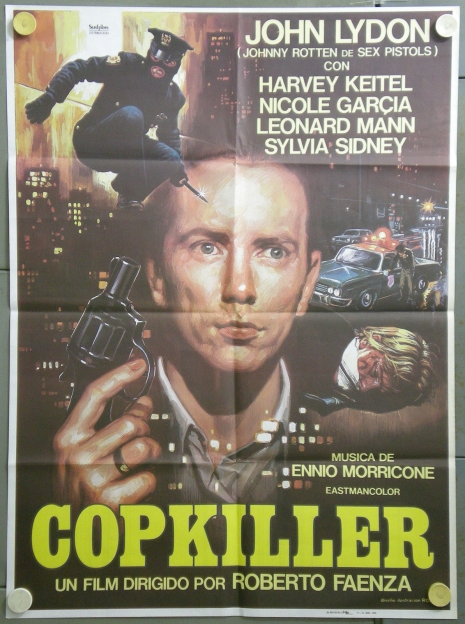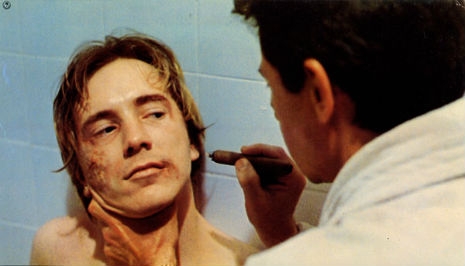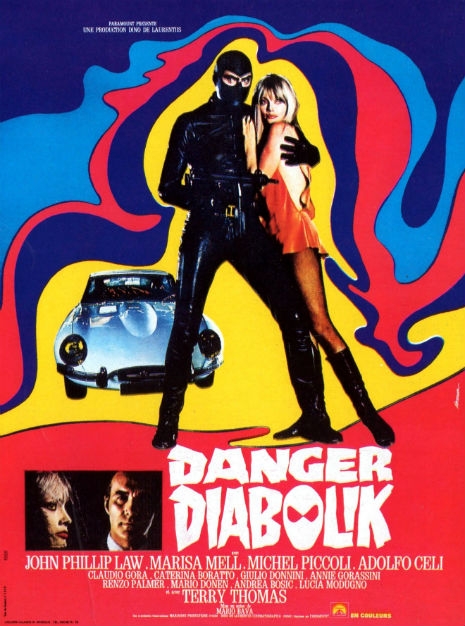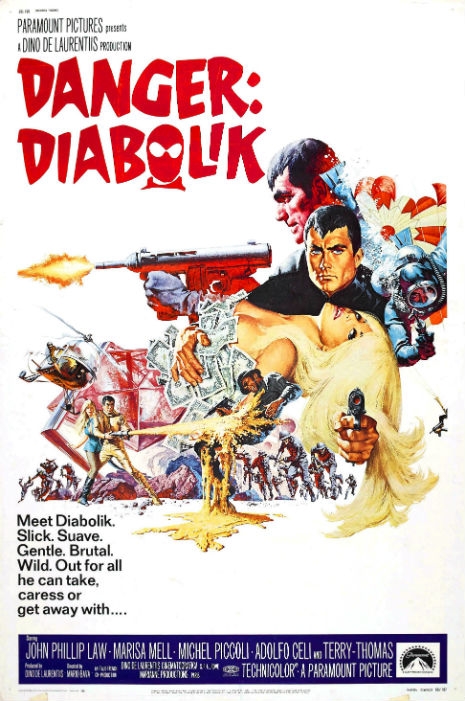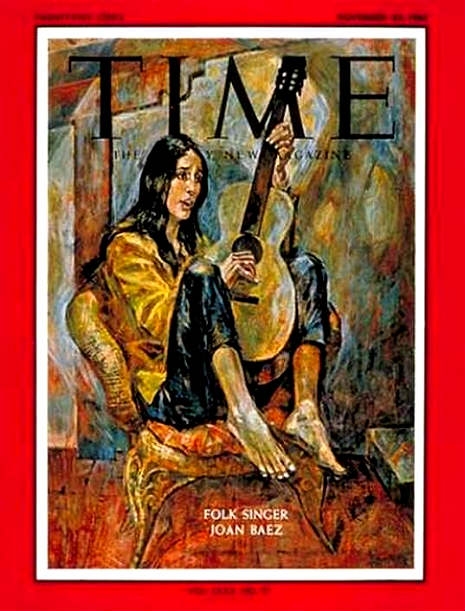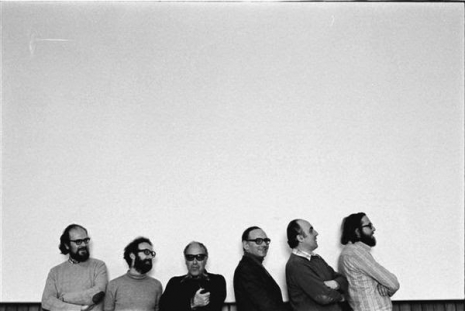
Quite a mouthful, that title, I do agree, but I wanted to get the entire point across at a glance in the headline, this being the Internet and all…
In the early 1960s—playing mostly trumpet and flute—the great Italian cinema maestro Ennio Morricone became a member of Gruppo di Improvvisazione di Nuova Consonanza, a musicians collective with evolving membership started by Franco Evangelisti. The players were dedicated to “anti-musical” systems compositions, electronic sounds, serialism, musique concrète and noise. The New Grove Dictionary of Music and Musicians described Evangelisti as “one of the most radical minds of the Italian postwar avant garde” and he was known as a sort of heady, highbrow “scientific” composer, interested in the effects of sonics and their effects on human perception. He was the author of an influential book From Silence to a New Sonorous World, published in 1980, the year of his death.
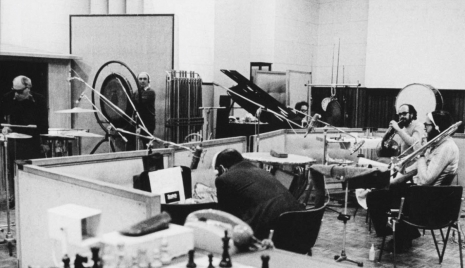
The ensemble—also known as “The Group” or “The Feed-Back”—called their technique “Instant Composition” although nothing was ever composed per se, but improvised directly to tape. Utilizing “noise”—in the sense advocated by John Cage of considering everything, including the kitchen sink, as musical—the group worked their unique mix of free jazz improv meets harsh atonalities, electronic blorts, bleeps, drones and pounding percussion into a handful of albums and Morricone’s memorably intense soundtracks to Elio Petri’s A Quiet Place in the Country, Enzo Castellari’s 1971 giallo Cold Eyes of Fear (“Gli occhi freddi della paura”) and the utterly insane Eroina where each song was meant to simulate the effects of a specific drug! The three main people involved were Evangelisti, Morricone and the darkly Dionysian avant garde composer Egisto Macchi. Others came and went.
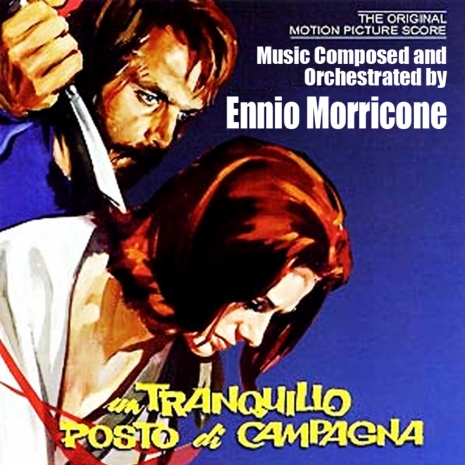
At times il Gruppo sounded positively funky, at others like a proto-Einstürzende Neubauten going psychedelic beatnik. Or a lot like Can, Faust or Amon Düül II. When Morricone’s trumpet is heard most prominently, they can sound surprisingly in sync with the druggy wigged-out “electric Miles” era output of Miles Davis in the 1970s. They were noisy, yes, but these guys were also extremely accomplished musicians—each a respected middle-aged composer—so there was nothing even remotely primitive about what they were doing. Improvising, sure, but not merely fucking around. Think early John Zorn meets Karlheinz Stockhausen or Luigi Nono and you’ll at least be in an adjacent ballpark to where Gruppo di Improvvisazione di Nuova Consonanza did their thing.
Zorn wrote the liner notes for their 2006 box set, Azioni, which is a good place to start, perhaps aside from the soundtrack to Cold Eyes of Fear, which I also highly recommend.
“Seguita” from the ‘Cold Eyes of Fear’ soundtrack (1971)
More after the jump…






